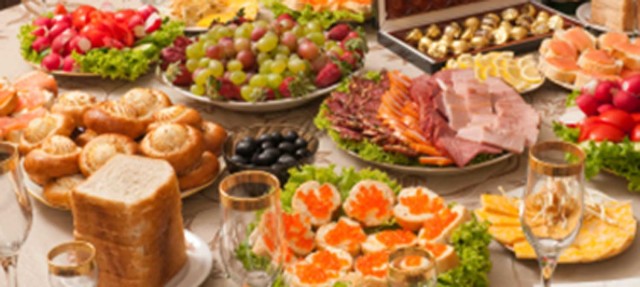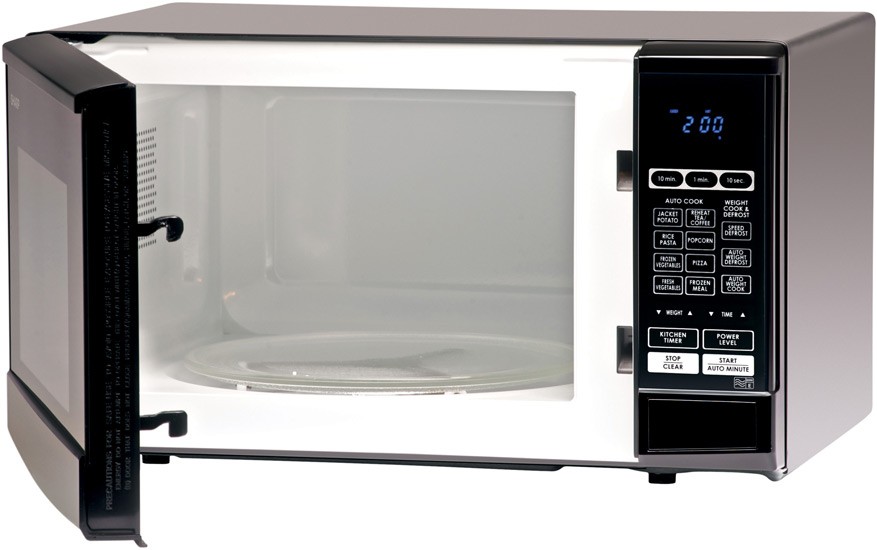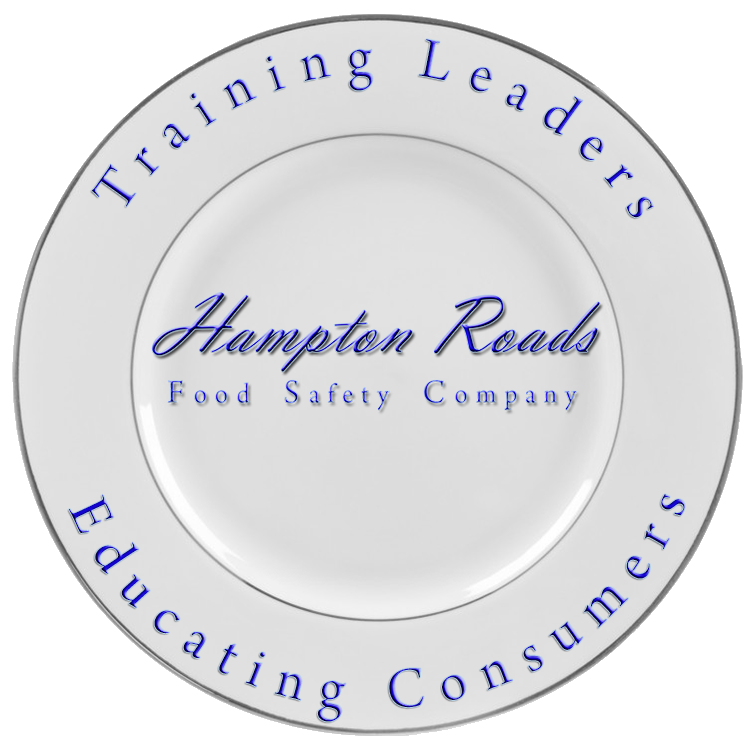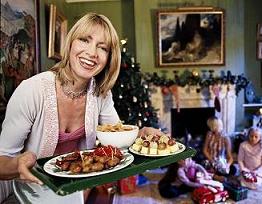PARTY PLATTERS AND BUFFETS

A popular way to celebrate holidays or any party occasion is to invite friends and family to a buffet. However, this type of food service, where foods may be out for long periods leaves the door open for uninvited guests---bacteria that cause foodborne illness. Here are some tips for a safe buffet:
Safe Food Handling
Always wash your hands with warm water and soap for 20 seconds before and after handling food. Clean kitchen surfaces, dishes and utensils with hot water and soap. Always serve food on clean plates, never those previously holding raw meat and poultry. Bacteria that may have been present in raw meat or poultry can cross-contaminate the food to be served.
Ready to Cook a Feast
If you are cooking foods ahead of time for your party, be sure to cook foods thoroughly to safe internal temperatures.
Keep Hot Foods HOT and Cold Foods COLD
Hot foods should be held at 1400F or warmer. On the buffet table you can keep hot foods hot with chafing dishes, slow cookers and warming trays. Cold foods should be held at 400F or colder. Keep foods cold by nesting dishes in bowls of ice. If you buy party trays at the store, remove lid and fill with ice. Put the tray on the lid for a handy cooling station. Bacteria can also multiply quickly in moist desserts that contain dairy products. Keep eggnog, cheesecakes, cream pies and cakes with whipped-cream or cream-cheese frostings refrigerated until serving time.
Safely Sauced
Some sauces, dressings and even dessert recipes contain uncooked eggs. If your homemade recipes call for uncooked eggs, you can modify them by using pasteurized eggs, pasteurized egg product or cooking the egg mixture on the stovetop to 1600F, then follow the recipe’s directions.
The 2 – Hour Rule
Foods should not sit at room temperature for more than 2 hours. Keep track of how long foods have been sitting on the buffet table and discard anything there two hours or more.
Storing the Smorgasbord
Divide cooked foods into shallow containers to store in the refrigerator or freezer until serving.
This encourages rapid, even cooling. Reheat foods to 1650F. Arrange and serve food on several small platters rather than one large platter. You can prepare extra serving platters and dishes ahead of time, store them in the refrigerator or keep them hot in the oven (set at approximately 200 to 2500F) prior to serving.




